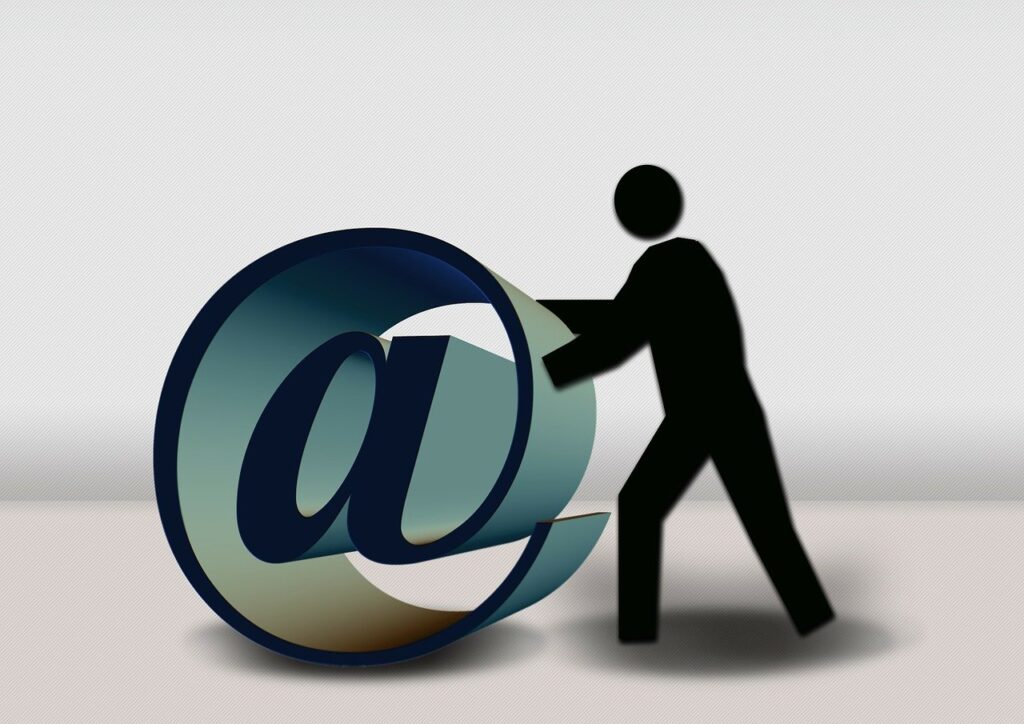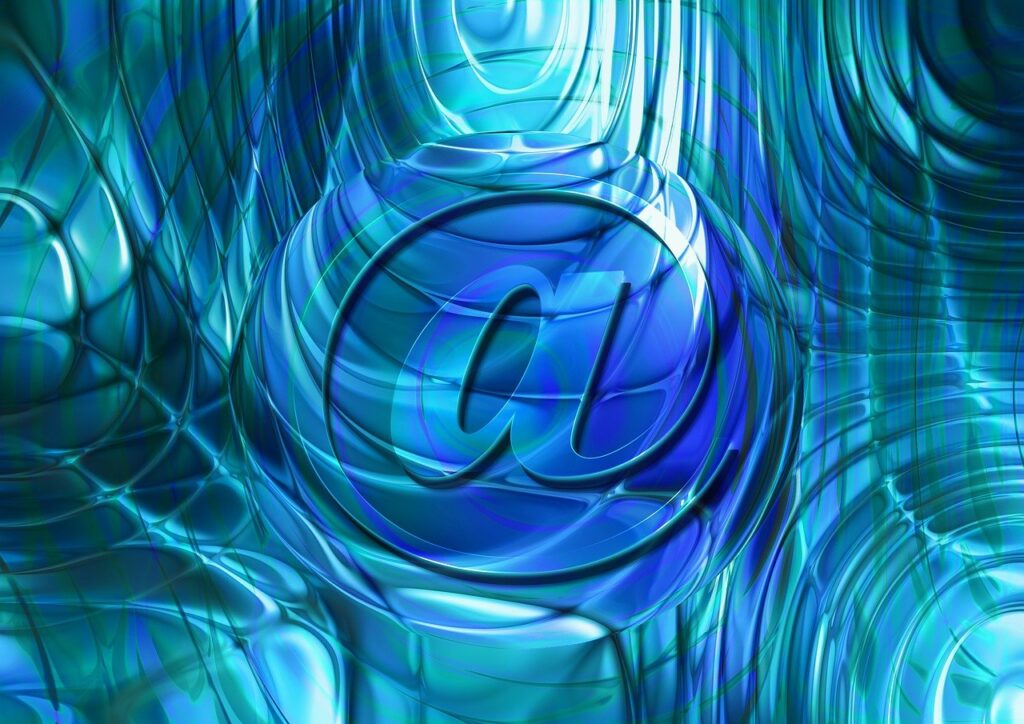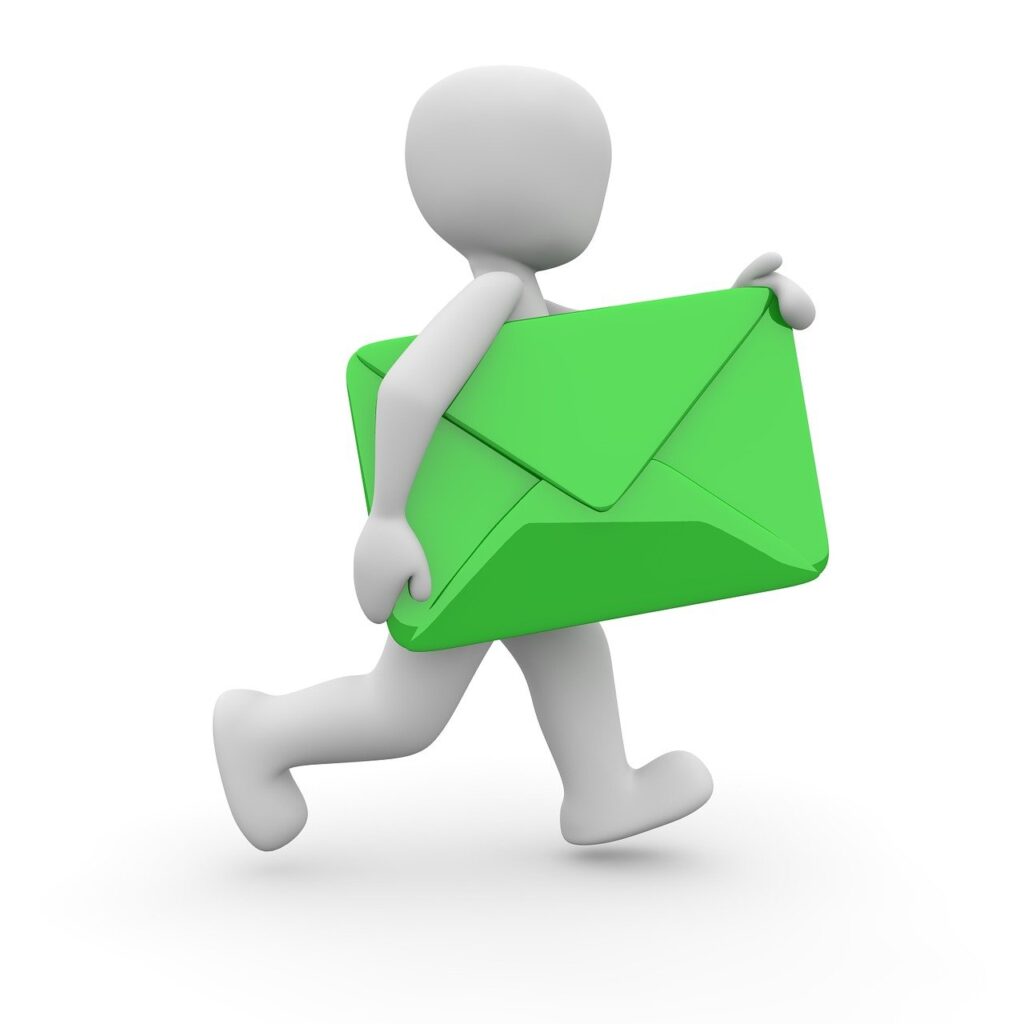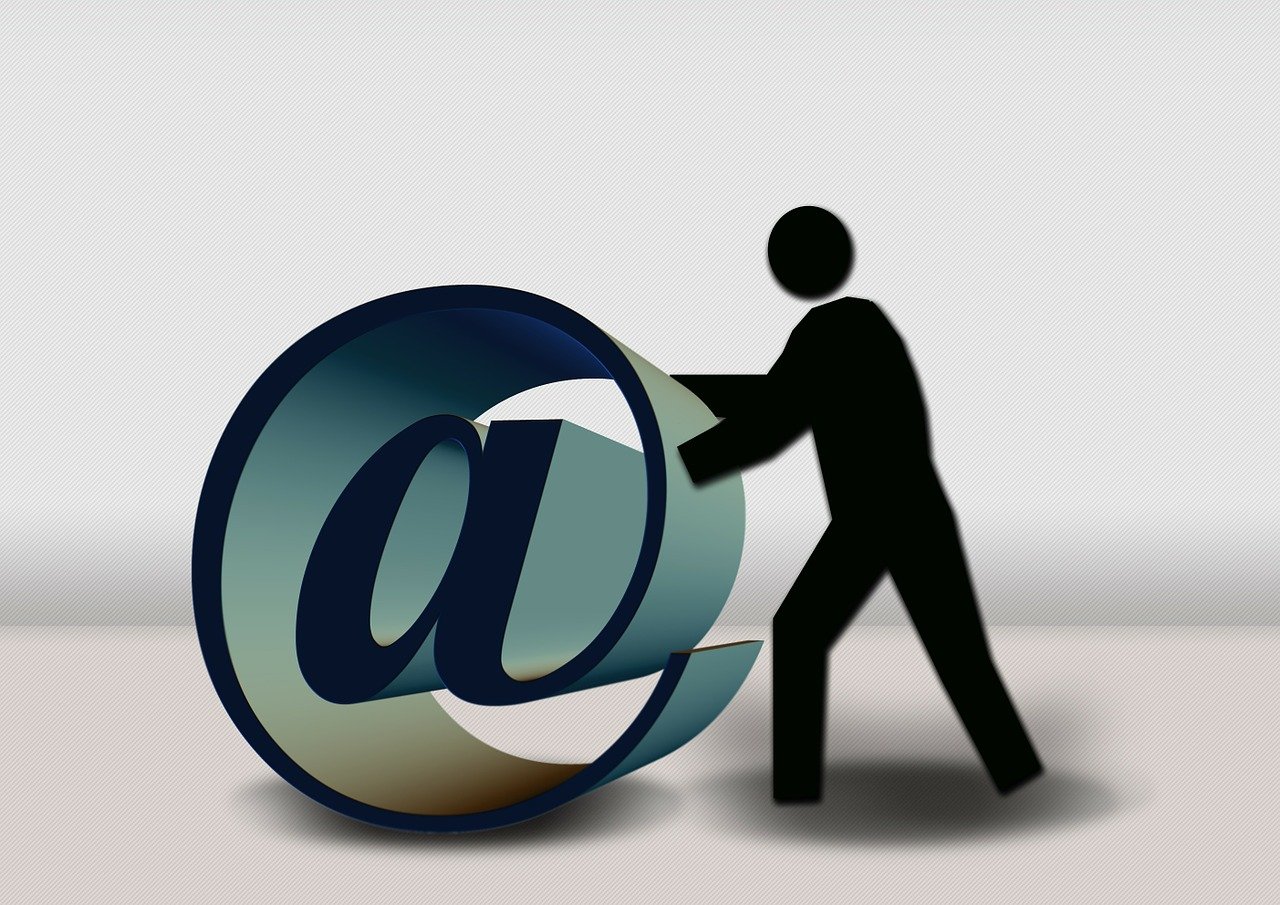Creating a High Converting Email
Everyone wants an email that looks great and converts like crazy. It’s been proven that email marketing is an effective way to reach out to your customers. In fact, the return on investment of your email marketing is one of the highest in terms of marketing.
But do you know what it takes to create a high converting email that invites floods of opens, click-throughs and conversions?
Imagine this: You’re creating an email marketing campaign. You sit down, roll up your sleeves and start working on your email. You write the copy, add images, your URL and the CTA. You hit “Send”.
A few days later, you excitedly check the results of the campaign in your analytics to see an increase in traffic to your highlighted products. Problem was, no conversions. What happened?

You probably did everything right, but your email might need some changes to drive conversions. If your subject line is off, your copy is out of sync or any other part of your email is not right, your conversions can plummet.
In this post we’re going to break down the basic elements of a high converting email. You’ll discover how to create convincing subject lines, how to get personal without being too personal and how your signature and P.S. can convert readers.
We’re also be sharing some examples and subject lines to inspire your own campaign.
Let’s begin.
The Subject Line
Many people often feel anxious when they try to create the subject line for their emails. Others don’t give it much thought quickly slapping something mundane in the box. But you’re losing out on opens when you do this.
Subject lines impact your open rates. The subject line is the most important part of your email since it’s what the subscriber first sees. It can grab their attention, making them want to immediately open and read. Or it can be the reason your emails end up in the trash.

Take your time creating a subject line. It’s by far the most challenging part. It’s difficult to condense all you want to say from your body copy into the short space allowed. Use one of these formulas if you need help crafting your subject line:
- Ask a question. This formula is probably the easiest. And these get people to think about how the topic relates to them. Questions make them feel like you care about them. Which makes them more emotionally attached to your brand. Example: Apple asks, “Got plans for tonight?”
- Use the “how-to” formula to teach people how to do something. People want to know how to solve their problems. They are already searching the internet for the answers. You cut down their search time by offering the solutions in your email as how-to content. You’re also positioning yourself as the expert on the topic, increasing your credibility. Example: “How to increase your opt ins overnight”
- Use scarcity to create a sense of urgency. This type of formula encourages readers to act quickly so they don’t miss out. The key is that the scarcity and /or the urgency must be real. Don’t mislead your reader by falsely claiming you only have xx slots left or hours remaining if you have more open spaces. Example: “Act quickly while supplies last— the 50{495e61a8be0728ba5e4172c16a68a1b05f8df91b32cf783b0a6ac5a97f0ba813} discount ends tonight”
- Make an announcement of something in your subject line. If you have something new to offer your audience, send an email with the exciting announcement. This type of subject line displays a sense of timeliness encouraging recipients to act immediately to be included in the latest. However, don’t use the word “newsletter in your announcement. Example: Birthday VIP offers are live!”
- Surprise your readers. Give them something unexpected. Surprise them with a free gift or free content. Use the word “free sparingly and honestly. Giving something away makes you audience feel a sense of reciprocity for the gift and likely to want to return the favor, possibly by purchasing one of your paid services. Example: “My gift especially for you.”
- Personalize your subject line message. Make it seem like you’re writing a personal email specifically to each individual. Include their first name in the subject line. Include words like “your” if it works better than their name. Example: “Your visit to Bali.”
- Create curiosity with your subject line. Curiosity is makes them naturally want to interact with otherwise static content. It provokes your audience to engage with your brand. Example: “Do you remember your first time…?”
- Include a number or a statistic in your subject line. Sharing facts backed by numbers increases your credibility and build trust with your audience as a reliable resource. Example: Money saved: Trim users found $100 savings on similar utilities.”
- Use Listicles or numbered lists. Using numbered lists is an easy way for readers to digest your content. Use a quantified number for more open rates. Instead of “Reasons your social media isn’t getting seen” try “23 Reasons your social media isn’t getting seen in 2019.”
- Try to keep it short and to the point. With our attention spans shorter than ever, using brevity captures attention. Use three to five words to create a succinct subject line. It’s quickly scannable by your readers. And don’t yell. Capitalize the first word only. Example: “We miss you.”
Use these formulas to create subject lines that will increase your open rates. Don’t go overboard and try to use them all. Find the ones that work with your readers and always be testing.

Subject Line Starters
Still stumped on creating a subject line that grabs attention. Here are six subject line starters to get your creativity flowing.
- “Don’t open this email”
- “How to find the best ______________ (deal, product, copywriter) on the web.”
- “Are you making these _____________ (fill in with number and/or topic) mistakes?”
- “Flash Sale Alert: ________________ ({495e61a8be0728ba5e4172c16a68a1b05f8df91b32cf783b0a6ac5a97f0ba813}, discount,) off”
- “Get Priority Access”
- 6. ____________ (year, subject, person) forecast for ____________ (year, subject, person).
Still stumped on a good headline. You can use one of the headline generators online to come up with a winning subject line. They include:
Portent’s Idea Generator – http://www.portents.com/tools/title-maker
Hubspot’s Blog Topic Generator – https://www.hubspot.com/blog-topic-generator
Tweak Your Biz Title Generator – https://tweakyourbiz.com/title-generator
Email Body
The body is the main area of the email. It conveys your message.
The first line is called the preheader or the hook, it’s what shows up next to the preview of your email. It needs to draw the reader in, so they are compelled to open your email and read more.
It can be something unexpected that gets your reader to thinking but curious to read more.
Once they open your email, they’ll scan the content to see if they are interested in reading more. This is when your content and formatting structure needs to be set up right. It should have an easily scannable structure with headings, short paragraphs with concise copy and bold or italics to highlight important elements. And use bulleted lists to simplify more complex ideas.
The Body of the text is the meat of the email. This is where you engage your reader. Get creative here. Even though the style is different for retailers, non-profits and service providers, the basic general guidelines work in every situation.
Follow these tips to create your email body:
- Align your email content with your subject line and your landing page copy. It needs to have exactly what your header promised.
- The layout should be pleasing and easy to read. Use headings and subheadings. You can also use different colors and font styles to make certain things stand out.
- Use white space to create a visual balance and direct flow to your CTA.
- The Inverted pyramid model is the most common. It has an attention-grabbing headline with the focus and supporting information and then the CTA.
- The copy should relevant to the subject. Each word needs to support and be significant to what you are focusing on.
- The tone of the copy should relatable. Use simple sentence structures with everyday language with easy to understand language.
- Write the copy clearly and conversationally, as if you’re talking to a friend. Use language that is helpful to your reader and descriptive and actionable words.
- Create hyperlinks to what’s relevant and brings the reader back to your landing page or website.
- It’s fine to include some images that are relevant and add value to the message. Just don’t overwhelm with too many that will distract from the CTA.
- Format the images so they aren’t distorted or blurry.
The body of emails that convert have been optimized for conversions. Email copy should be about your subscribers. It should be about their problems, their feelings, lifestyles and of course, the solutions. There are different types of content you can use, that we discussed in the first guide.
The next thing is to include a call to action. We will look at that in our next post here.
